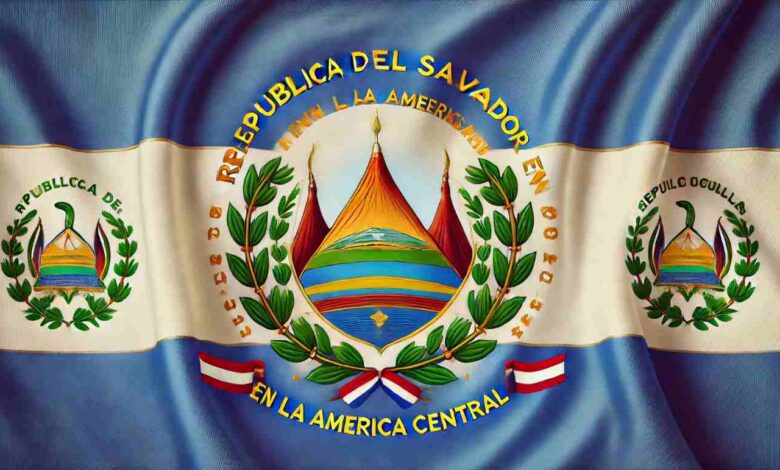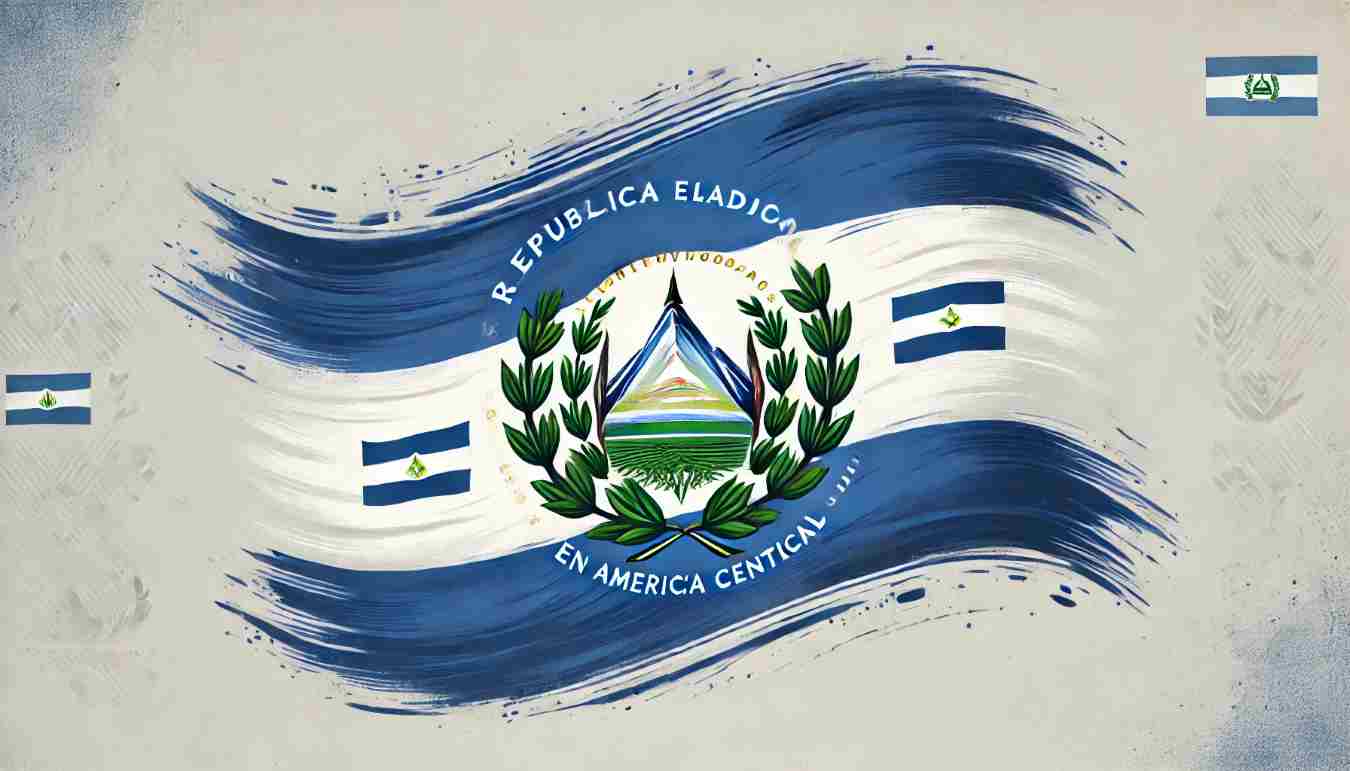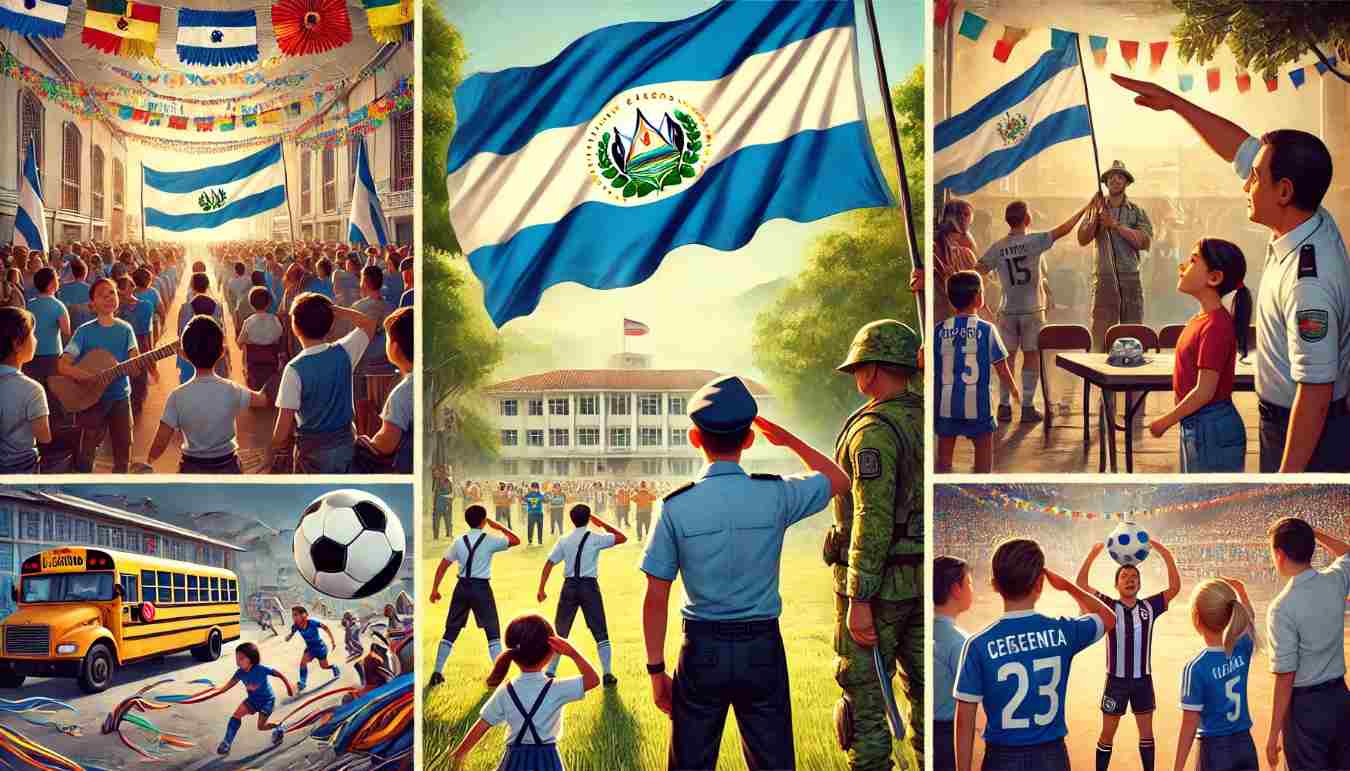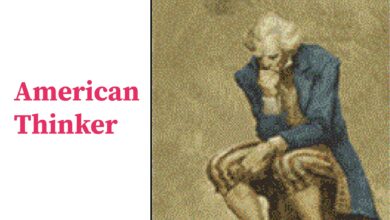Very Interesting Story of the Salvador Flag

The Salvador Flag carries centuries of history, symbolizing the struggles and triumphs of El Salvador. Its design, elements, and evolution represent more than just a national symbol it tells the story of independence, regional unity, and cultural heritage.
The Origins of the Flag: Central American Influence
El Salvador’s flag started its journey during the early 19th century as part of political upheavals within Central America. After gaining independence from Spain in 1821, El Salvador adopted the blue white blue horizontal stripes, representing the federation of five Central American countries. These colors symbolized the liberation and unity of newly independent states from colonial rule.
The original flag was more than just a symbol of freedom it also depicted the geography of the region. The blue stripes represented the Pacific Ocean and the Caribbean Sea, reflecting El Salvador’s connection to both coasts. The white stripe symbolized peace and unity, core values the young nation sought to uphold.
However, political instability led to the dissolution of the federation by 1839, prompting changes to the national flag. From 1865 to 1912, El Salvador used a flag with red, white, and blue stripes, reflecting the influence of the United States during that period.
The Modern Flag: Unity and Cultural Identity Restored
From 1912 on, the flag took up its original blue white blue design, only adding an armorial adaptation of the first Argentine and later Spanish coat of arms, which was removed quickly to make it available from any local business, giving way to a tradition unique to El Salvador. In addition, the coat of arms was a powerful declaration, containing components that underscored its national unity and cultural history.
A triangle representing the government’s three branches (executive, legislative, and judicial) is shown in the coat of arms. Five volcanoes rise out of the sea within that triangle, symbolizing Central America’s original five federal member states. Above them, a rainbow of peace and hope circles across the sky, with a legacy red Phrygian cap positioned on top of a staff, emphasizing liberty and individualism, expressing El Salvador’s inherent values of freedom and autonomy.
In addition, the flag’s elements underline regional pride. Fourteen green laurel branches form around the triangle, symbolizing the nation’s 14 departments or provinces, unifying them. Dios, Unión, Libertad (God Unites for Liberty) is the national motto.

Blue: A Color of Legacy and Economy
The blue stripes on the flag mean much more than just geography for Salvadorans. In the past, blue was intimately associated with indigo the plant that helped to make El Salvador a huge economic force during colonial times and thereafter. Indigo dye, also known as “blue gold,” was a key export of the country and offered material success in an era when Salvadoran culture required such visible signs. The Spanish missionary introduced coffee, which became a dominant export replacing indigo cultivation; however, it remains an emblematic plant of national pride and culture.
Today, the flag features cobalt blue, a hue which honors the traditional indigo dye while looking just as bright and modern. In this fusion of the traditional and the contemporary embodies El Salvador, which is a nation that honors heritage while trying to be hopeful for tomorrow.
Symbolism and the National Identity
The flag of El Salvador is the national symbol and a unique reflection of its identity. Each element on it contributes in its own way to reinforcing the principles and spirit of the nation. For instance, the triangle on its coat of arms represents not only the three branches of governance executive, legislative, and judicial but also emphasizes the strength and balance these institutions are meant to maintain.
Within the triangle lie five volcanoes, symbolizing the original five states that formed a federalized Central America. These volcanoes remind Salvadorans of their shared heritage with neighboring nations. They rise majestically from the ocean, embodying resilience and the natural beauty of the land. The rainbow above the volcanoes serves as a hopeful emblem of peace, reflecting the country’s aspiration for stability and prosperity.
The red Phrygian cap on a pole holds deep historical significance. It references the hats worn by freed slaves in Ancient Rome, symbolizing freedom. Its presence on the Salvadoran flag conveys a message of unyielding independence and liberty, embodying the people’s ongoing fight against colonialism and oppression.

The Role of the Flag in Daily Life and Celebrations
The Salvadoran flag is more than a mere representation of its government it synthesizes an entire experience and celebrates all national holidays. It is prominently featured in significant events such as Independence Day on September 15th, commemorating the 1821 declaration of independence from Spanish rule by El Salvador and its neighbors. On this day, parades, patriotic songs, and flag raising ceremonies foster national pride, with citizens proudly waving the blue white blue flag.
The role of the flag in teaching patriotism is particularly momentous, especially in public institutions and schools. Just as students learn to respect other cultures and religions through daily rituals and pledges, raising flags in schools reinforces the ideals of unity, freedom, and peace. It also sets a symbolic tone of authority. In military ceremonies, the flag embodies honor, duty, and sacrifice.
Internationally, the flag inspires pride among Salvadorans abroad. Whether raised at sporting events or displayed at embassies, it connects expatriates with their homeland, reminding them of their roots and fostering a deep sense of belonging.
Evolution of the Flag: A Living Symbol
The national flag of El Salvador has changed many times during the course of its history, partly reflecting political events. Every flag has a design, from the U.S.-inspired version of the late 19th century to this coat of armsed modern iteration and each reflects still an aspect or story borne out of trials as well as triumphs.
One of the most notable changes in flag evolution would be when the design with blue-white-blue geometry was adopted once more on 1912, bringing El Salvador back to her former color representing from Central American federation. This was an exercise in regional cohesion reiterating the need for cooperation between its neighbours. The watchers take cues from the ways in which Salvadoran society has changed over time, as reflected by the minor tweaks to its coat of arms.
The Bottom Line
The Salvadorian flag is more than just a collection of colors; it carries deep historical, cultural, and political significance. It reflects the nation’s spirit of liberation, unity, and peace, serving as a daily reminder of the principles that guide its people. The flag visually narrates El Salvador’s journey, from its struggles to its present and beyond.
Salvadorans continue to take pride in their flag, whether they wave it atop government buildings or carry it during parades. For Salvadorans near and far, it stands as a symbol of resilience and hope a promise of unity for their homeland.




